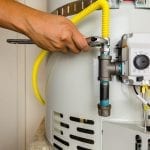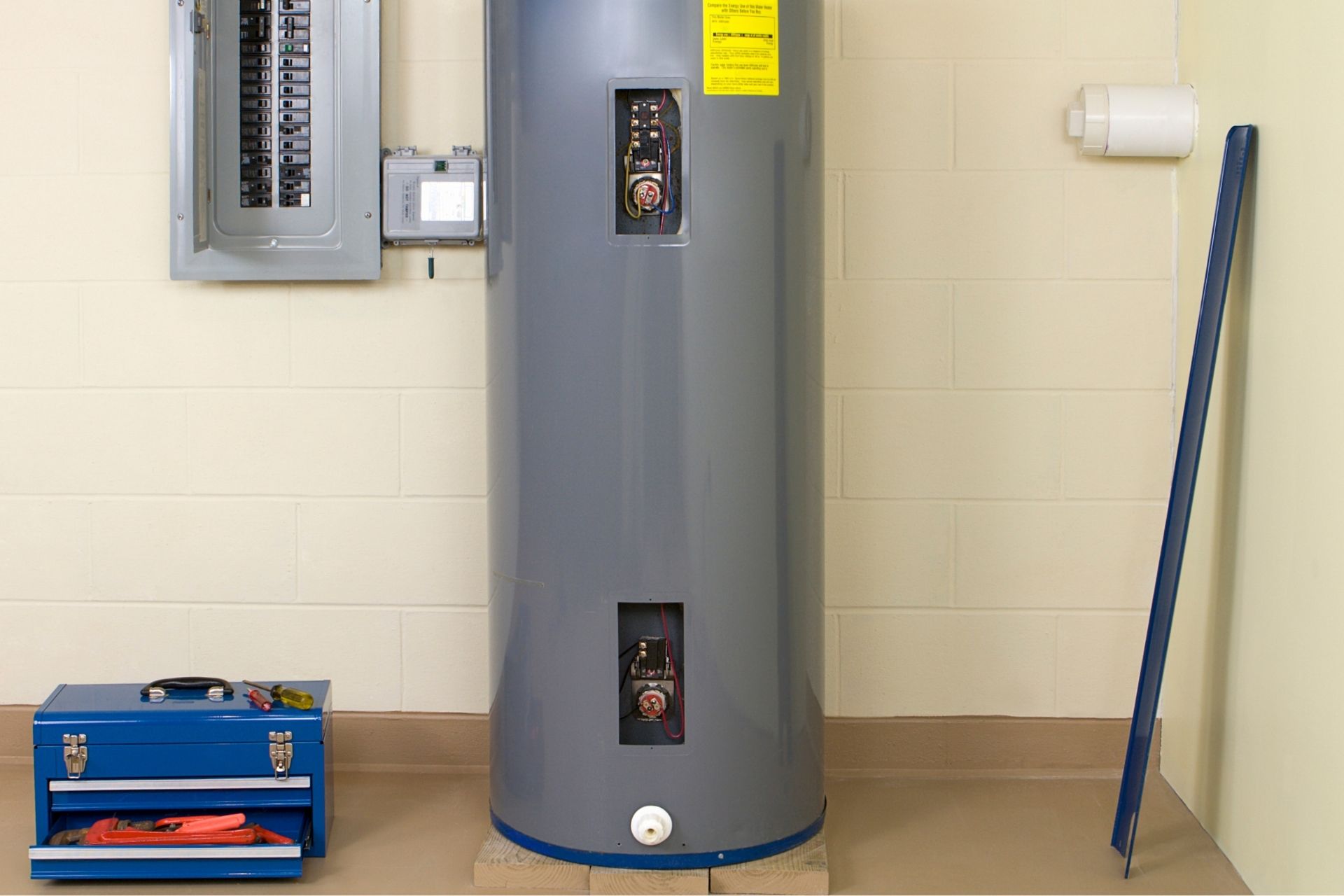Key Maintenance Strategies for Your Home's Hot Water SystemHow to Extend the Lifespan of Your Home's Hot Water System By Maintenance
Key Maintenance Strategies for Your Home's Hot Water SystemHow to Extend the Lifespan of Your Home's Hot Water System By Maintenance
Blog Article
What're your concepts about Tips on Maintaining a Water Heater?

Warm water is essential for daily convenience, whether it's for a revitalizing shower or washing meals. To guarantee your warm water system runs efficiently and lasts longer, normal upkeep is key. This short article gives practical suggestions and understandings on just how to keep your home's warm water system to prevent disturbances and pricey repairs.
Introduction
Preserving your home's warm water system may appear overwhelming, yet with a couple of simple steps, you can ensure it runs efficiently for several years to come. This guide covers everything from comprehending your warm water system to do it yourself upkeep suggestions and understanding when to employ specialist help.
Importance of Maintaining Your Hot Water System
Routine maintenance not only prolongs the life expectancy of your warm water system however additionally guarantees it runs successfully. Disregarding upkeep can cause lowered performance, greater power expenses, and also early failing of the system.
Indications Your Warm Water System Requirements Maintenance
Understanding when your hot water system needs attention can avoid major issues. Look out for signs such as inconsistent water temperature level, weird sounds from the heating system, or corroded water.
Purging the Water Heater
Flushing your water heater removes sediment build-up, boosting performance and extending its life.
Monitoring and Replacing Anode Rods
Anode rods prevent deterioration inside the container. Checking and changing them when worn is essential.
Complex Concerns Calling For Expert Assistance
Examples consist of significant leaks, electrical problems, or if your hot water heater is constantly underperforming.
Routine Specialist Upkeep Advantages
Professional upkeep can consist of extensive inspections, tune-ups, and ensuring conformity with security standards.
Evaluating and Readjusting Temperature Settings
Readjusting the temperature settings makes sure ideal performance and safety and security.
DIY Tips for Upkeep
You can do a number of upkeep jobs yourself to maintain your hot water system in leading problem.
Checking for Leakages
Frequently inspect pipelines and connections for leakages, as these can result in water damage and greater bills.
Recognizing Your Hot Water System
Prior to diving into upkeep tasks, it's helpful to comprehend the basic parts of your hot water system. Commonly, this includes the hot water heater itself, pipes, anode rods, and temperature level controls.
Month-to-month Maintenance Tasks
Normal monthly checks can aid catch small issues prior to they escalate.
Checking Pressure Relief Valves
Examining the pressure safety valve ensures it operates correctly and stops excessive pressure build-up.
Insulating Pipelines
Insulating hot water pipelines decreases warm loss and can save energy.
When to Call a Specialist
While DIY maintenance is valuable, some issues call for professional competence.
Final thought
Regular maintenance of your home's warm water system is essential for efficiency, durability, and price savings. By following these ideas and recognizing when to seek expert aid, you can ensure a reliable supply of hot water without unanticipated disruptions.
How to Maintain an Instant Hot Water Heater
Before tinkering with your hot water heater, make sure that it’s not powered on. You also have to turn off the main circuit breaker and shut off the main gas line to prevent accidents. Also turn off the water valves connected to your unit to prevent water from flowing into and out of the appliance. 2. When you’re done, you have to detach the purge valves’ caps. These look like the letter “T” and are situated on either side of the water valves. Doing so will release any pressure that has accumulated inside the valves while at the same time avoid hot water from shooting out and burning your skin. 3. When the purge valves’ caps are removed, you have to connect your hosing lines to the valves. Your unit should have come with three hoses but if it didn’t, you can purchase these things from any hardware or home repair shops. You can also get them from retail stores that sell water heating systems. Read the user’s manual and follow it to complete this task properly. When the hosing lines are connected, open the purge port’s valves. 4. You should never use harsh chemical cleaners or solutions when cleaning your unit. Make use of white vinegar instead. It should be undiluted and you’ll probably use about 2 gallons. 5. Now flush your water heater. This task should probably take about 40 minutes. We can’t give you specific directions for this because the procedure is carried out depending on the type, model and brand of your heater. With that being said, refer to the user’s manual. 6. When you’re done draining the unit, you have to turn off the purge port valves again. Remove the hosing lines that you earlier installed on each of the water valves. Put the valve caps (purge port) back in their respective places and be very careful so as not to damage the rubber discs that are found inside these caps. 7. Now that everything’s back in place, check your user’s manual again to find out how to reactivate your water heating system. 8. Once it is working, turn one of your hot water faucets on just to let air pass through the heater’s water supply pipes. Leave the tap on until water flows smoothly out of it. https://www.orrplumbing.com/blog/2014/september/how-to-maintain-an-instant-hot-water-heater/

I recently found that article on Water Heater Maintenance Tips You Can't Afford to Forget while doing a search on the web. Liked our write up? Please quickly share it. Help other people find it. Thank you for being here. Come back soon.
Click Here Report this page